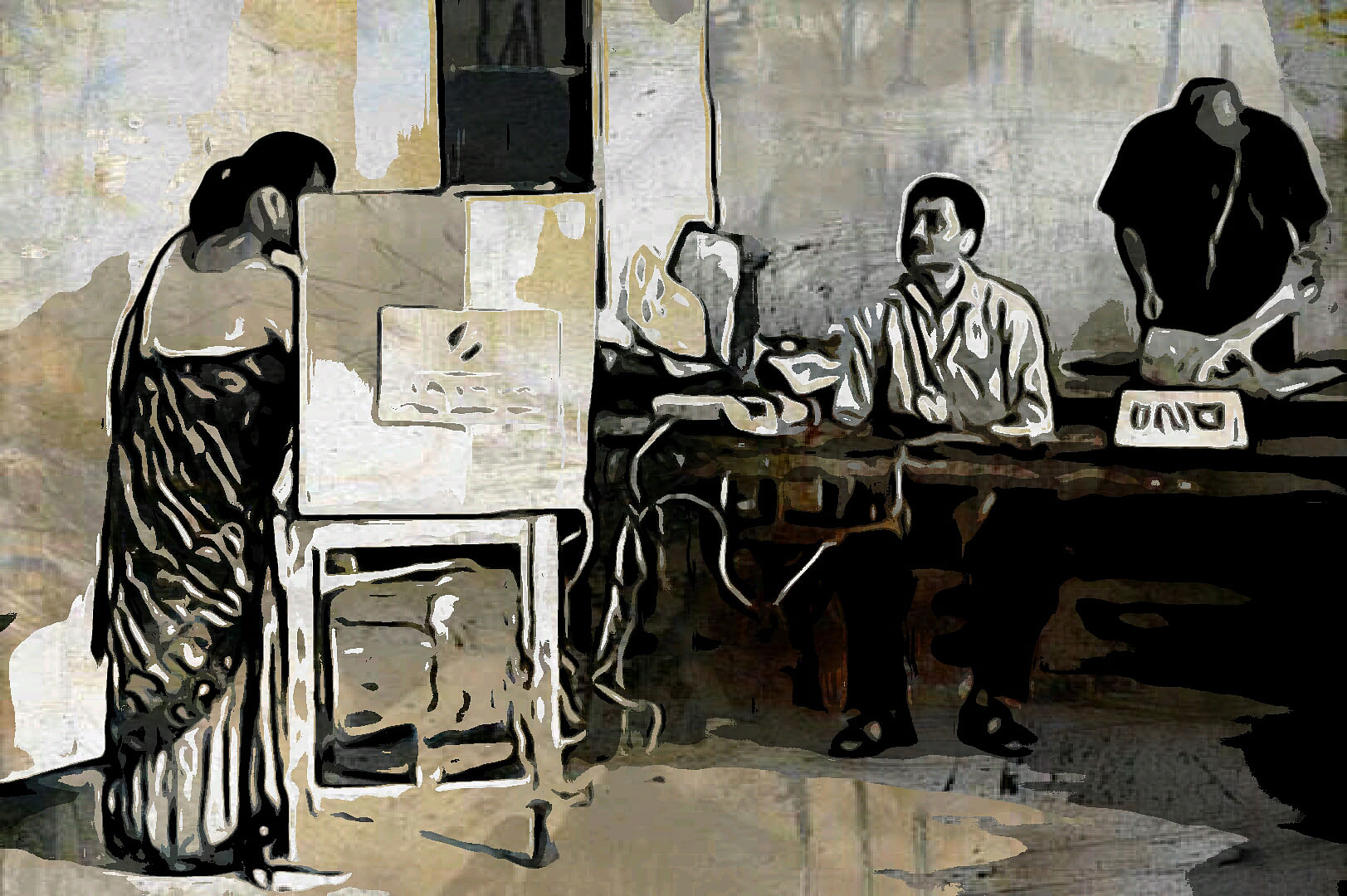The 2004 Lok Sabha elections in Tamil Nadu was a very interesting one. The Dravida Munnetra Kazhagam (DMK) contesting alongside the Indian National Congress in a pre-poll alliance got a vote share of 24.6% in the state and won 16 seats in total. The Congress received a vote share of 14.4% and won 10 seats. The Opposition, the All India Anna Dravida Munnetra Kazhagam (AIADMK) secured a vote share of 29.8% but failed to win a single seat in the election.
This poses an important question. Is a single majority system really the best way to elect representatives into the government? Different countries around the world follow different forms of elections based on a wide range of parameters.
May's theorem, a voting theory developed by American mathematician Kenneth O May, states that simple majority voting is the only anonymous, neutral, and positively responsive social choice function between two alternatives. However, the process of choosing one candidate over another is relative.
India follows plurality-rule elections, which means that voters are eligible to vote for only a single candidate from a constituency and a single member is chosen as their representative for the region.
French sociologist Maurice Duverger, who propagated Duverger's Law, supports plurality-rule elections and argues that it is best suited in bipartisan elections. Since the winner is determined by the maximum number of votes, it serves as a huge disadvantage to the party or candidate that consistently finish second or third.
Let us look at the way elections are conducted in several countries:
Brazil
The National Congress of Brazil consists of two houses. The upper house is known as the Federal Senate and the lower house is known as the Chamber of Deputies. Deputies are elected to the lower house using a form of party-list proportional representation known as the "open list." Senators are elected to the upper house using a plurality voting system, which is not proportional. In municipal governments, the city council is elected using an open list proportional representation system. Brazil also has a minimum threshold, where a party needs to win a minimum number of seats to be elected into the legislature.
Germany
The German electoral system is different from regular proportional representation. They follow a mixed-member proportional representation. The German National Parliament is known as the Bundestag. Germans elect members into the Bundestag using two votes. Each of the votes has different roles. The first vote allows electors to vote for a direct candidate who belongs to their own constituency, who then applies for a direct mandate in the Parliament. The second vote is in order to ensure distribution of members within the Bundestag. This is done using a proportional representation method with a threshold of five per cent. The number of seats that a party gets will be determined by the percentage of votes that they receive in the second vote.
United States of America
The USA is a presidential democracy and so, the electoral system is very different. The United States Congress has two houses - the Senate and the House of Representatives. Candidates are chosen by primary elections and caucuses in the states. This is when voters in a jurisdiction choose candidates from the two parties for the general elections. Senate members are given six-year terms, with one-third of the Senate up for an election every two years. The members of the house are given two-year terms and voting is done on a first-past-the-post basis, meaning that the candidate with the plurality of votes is the winner of the seat. On election day, voters vote for their representatives known as electors. The electors each have a single vote and will decide the president of the country.
Australia
The Australian National Congress has two houses, the Senate and the House of Representatives. The House of Representatives uses a system of voting known as instant run-off voting. It is a type of preferential voting method, which is used for single-seat elections when there are more than two candidates. Instead of voting for a single candidate, the voters can rank the candidates based on their preference. If a candidate has more than half the votes as the first choice, the candidate wins. If not, then the candidate with the least number of votes is eliminated. The voters who selected the defeated candidate as their first choice will have their votes added to the totals of their next choice. This is done until a candidate receives at least 50 per cent of first choice votes. The voting for the Senate is done based on the preferential system of proportional representation.
The voting system in different countries is based on a number of parameters. The size of the population, ethnic diversity and the federal nature of the democracy are among the factors that play a part in determining the forms of elections to constitute the various parliaments.
